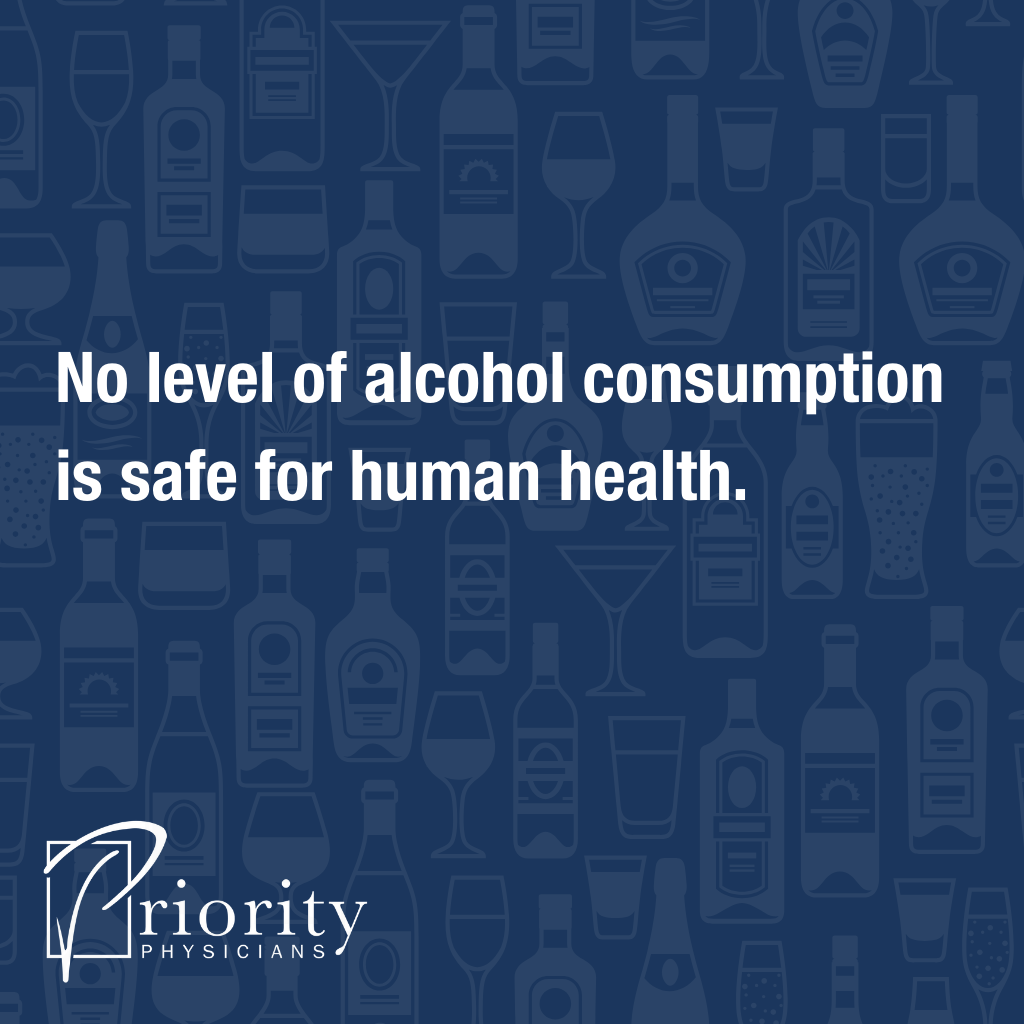It’s an interesting time to be a doctor. The very things I ask patients to avoid are the things I see promoted most heavily by marketers… and society.
Take alcohol. A subset of medical scientists say, “Alcohol is bad for us,” but no one really seems to be listening to those experts.
Back in the 1940s and ’50s, this was the case with smoking. People smoked on airplanes, in restaurants, and in most public places. Cigarettes were touted as risk-free, and even doctors endorsed them as safe.
But fast forward to today: We’re all smarter about the dangers cigarettes pose to our own bodies and to those around us. It’s curious that alcohol hasn’t earned the same stigma, since we now know it’s equally damaging.
The Dangers of Alcohol
Alcohol can relax us, give us a pleasant buzz, and enhance the fun of social gatherings. But no level of alcohol consumption is safe for human health, according to the World Health Organization.
Alcohol is habit-forming, meaning you can develop a tolerance for it. Over time, more and more alcohol is needed to deliver the same high. Overconsumption of alcohol is known to cause over 200 diseases, including mental health issues, liver disease, and a startling range of cancers, from stomach and esophageal to breast and colorectal.
Not to mention, when alcohol is present, circumstances can get out of control very quickly, sometimes culminating in a vehicle accident, self-harm, or other personal injury.

Drinking Sensibly
Even low levels of alcohol increase the risk of disease. Drinks often contain more alcohol than people think, and drinkers may not realize how much they’re imbibing.
Yet despite the dangers inherent in alcohol and the perilous situations it can create, we still see people grocery shopping or attending a movie with a glass of wine in hand. In fact, in some circles — perhaps interacting with certain clients or celebrating with a certain group of friends — you may feel like it’s socially unacceptable not to drink.
So, what’s the least amount of alcohol you can consume and still enjoy life? Ideally, zero drinks. But that may not be practical for you if you enjoy an occasional drink or interact with others who do.
The USDA provides sensible guidance on how much alcohol people can reasonably consume on a regular basis. Again, while there’s no guaranteed safe amount of alcohol for anyone, U.S. Dietary Guidelines recommend that women who choose to drink limit themselves to one drink or less daily, and men limit themselves to one or two.
The holiday season is upon us, and there may be a time and place for a little indulging. I’m not saying you have to deprive yourself of that occasional glass of wine, but practice moderation.
This can be challenging when you’re surrounded by office parties and every weekend brings neighborhood events and family gatherings. It’s easy to ramp up your alcohol intake without noticing until suddenly, day to day, you’re not feeling so great.

When It’s Time for Help
If you’re having trouble regulating how much, how fast, or how frequently you drink, find a good friend to confide in. Alcoholism is very real. If you’re struggling, even for short periods, open up and ask for help.
Consider your Priority Physicians doctor a trusted confidante as well. When it comes to alcohol and other habit-forming activities, we can work with you to come up with ways to circumvent the urge.
I know a time is coming when everyone realizes the dangers of alcohol and it becomes less socially acceptable, like smoking is today. Until that time, know that we’re here to help.

